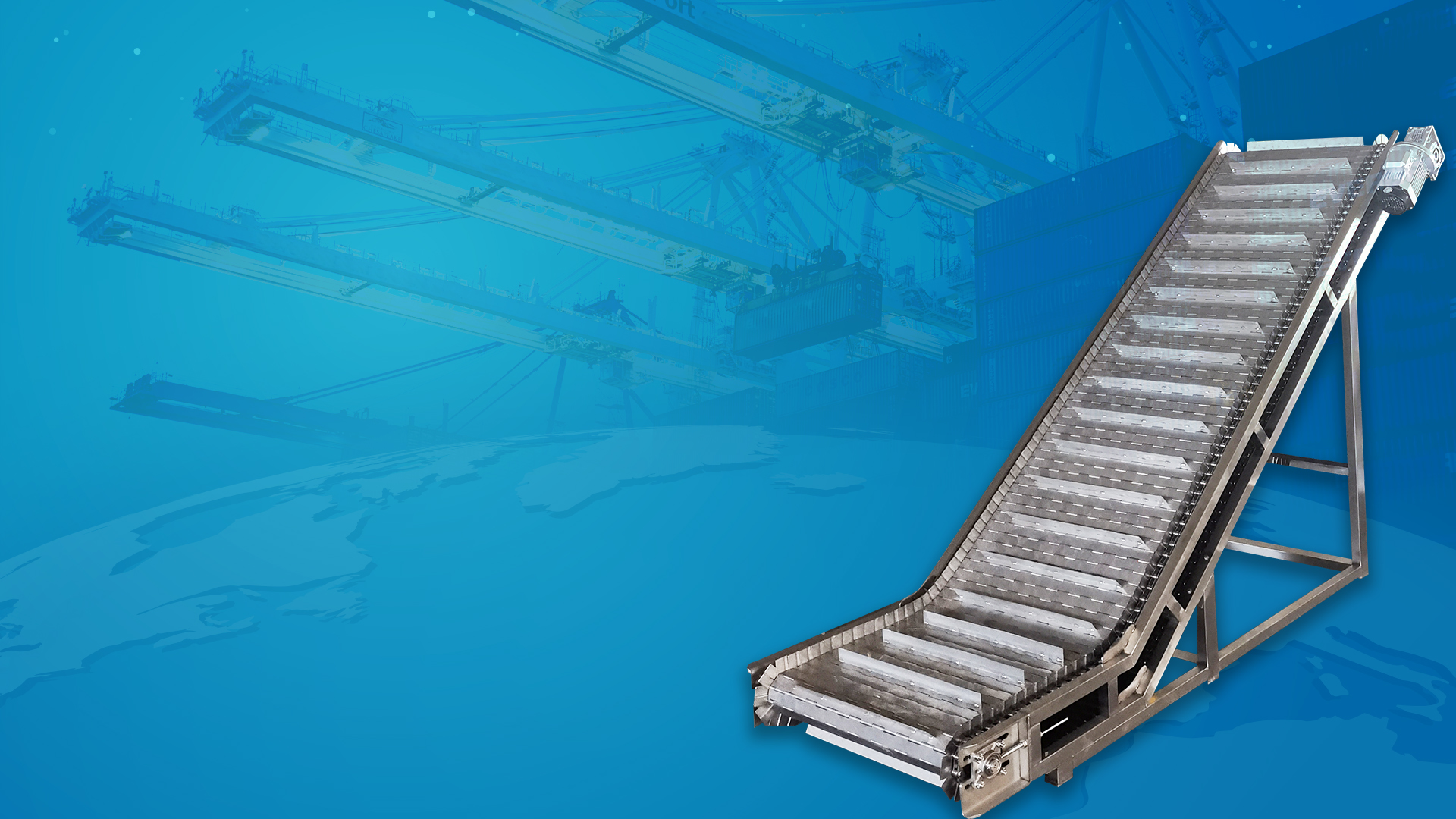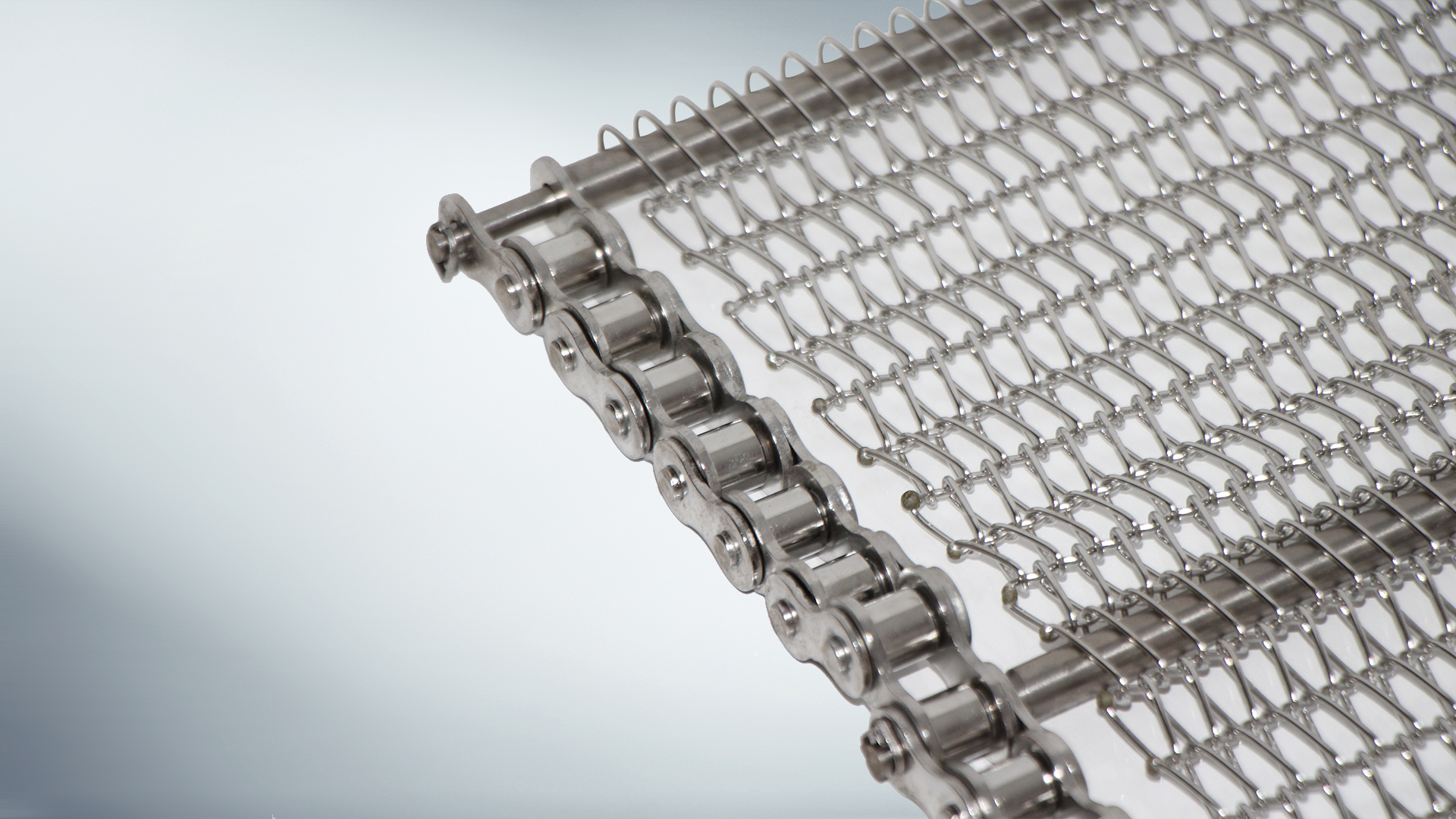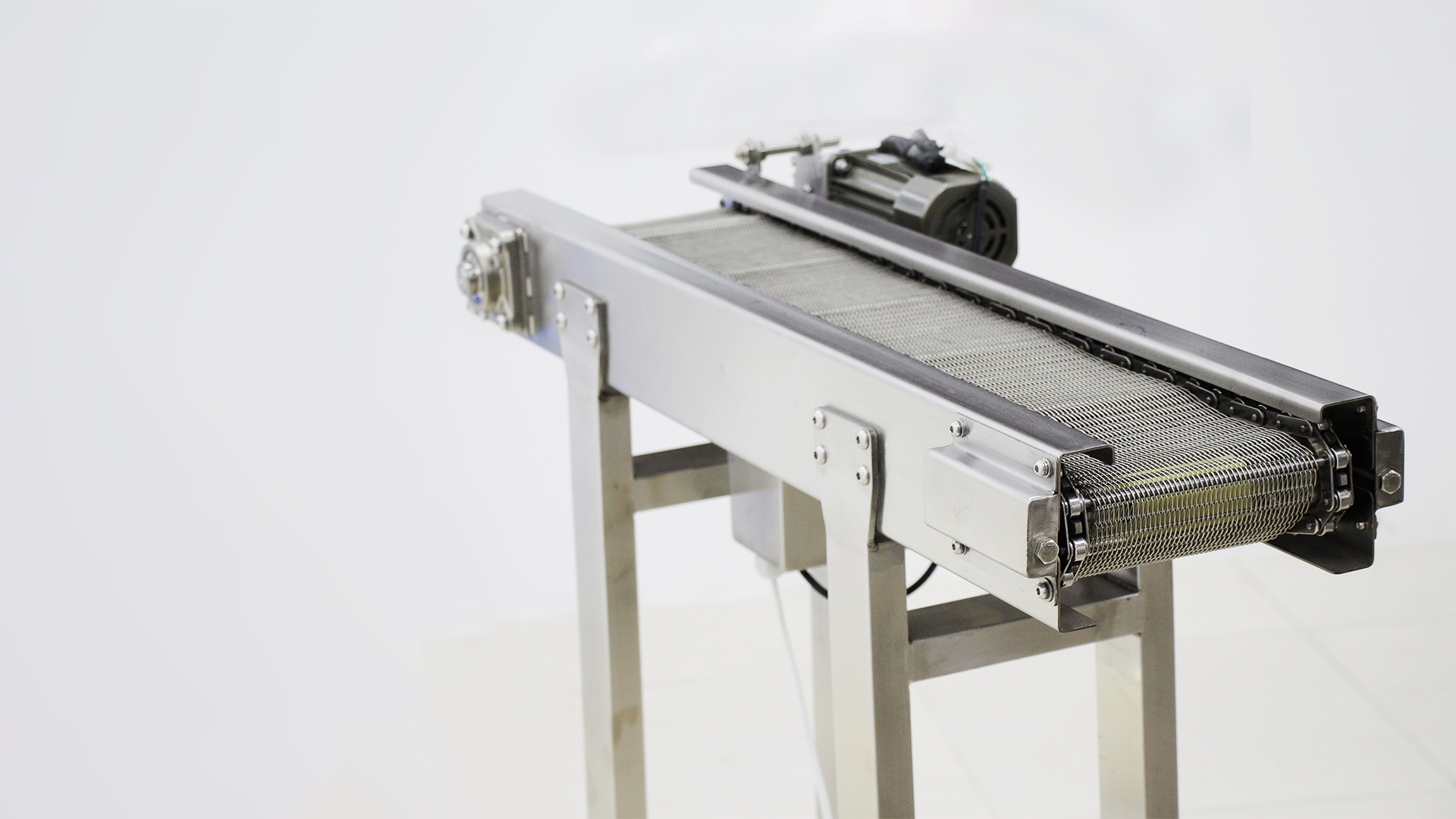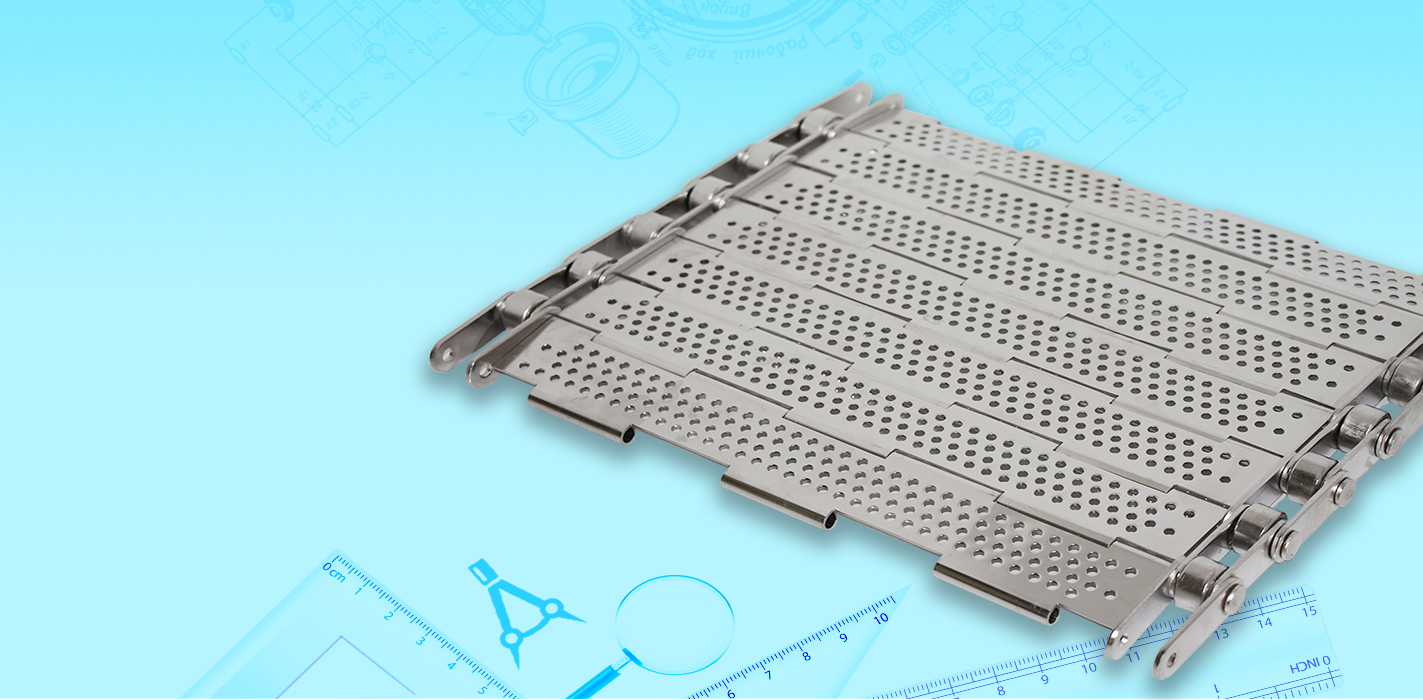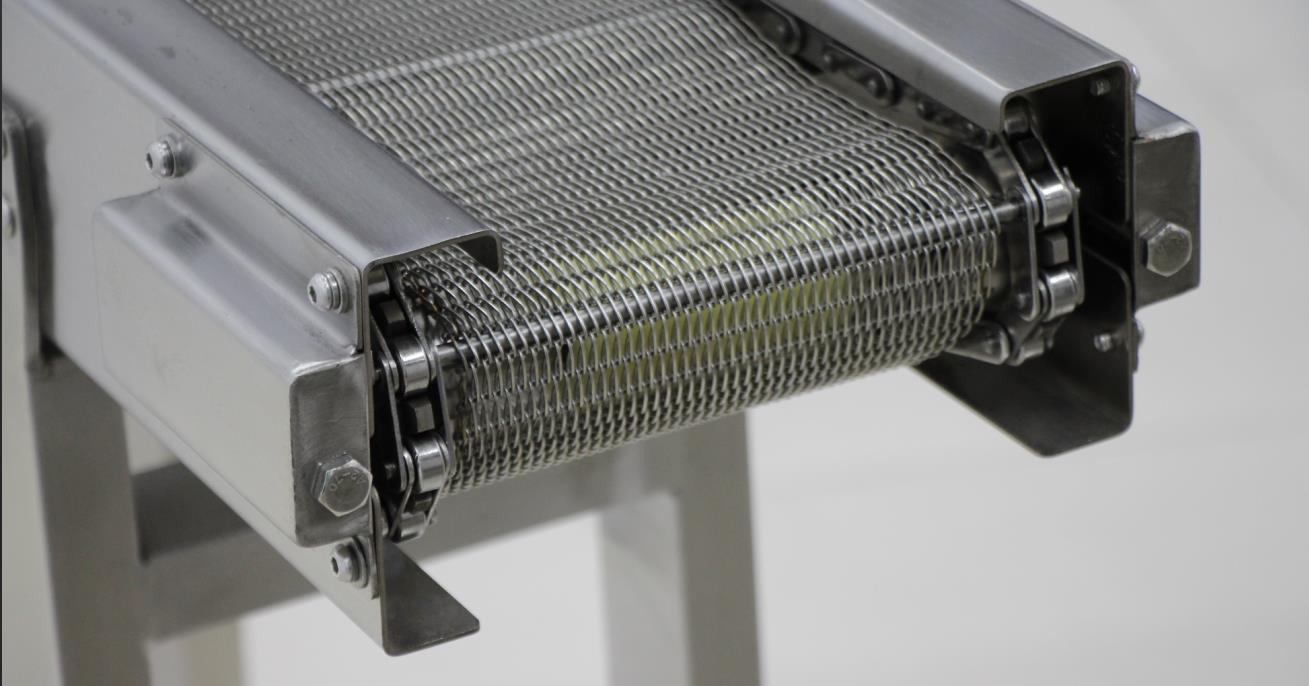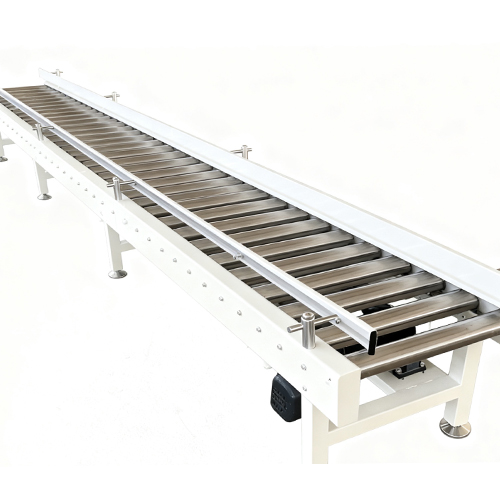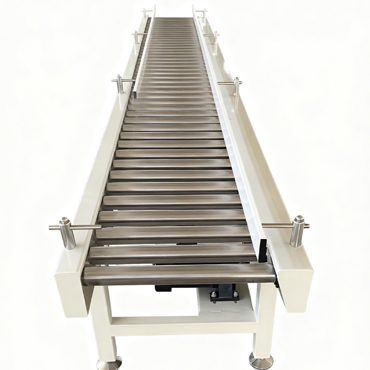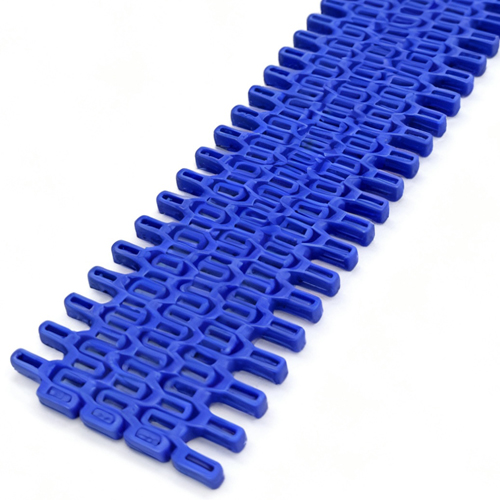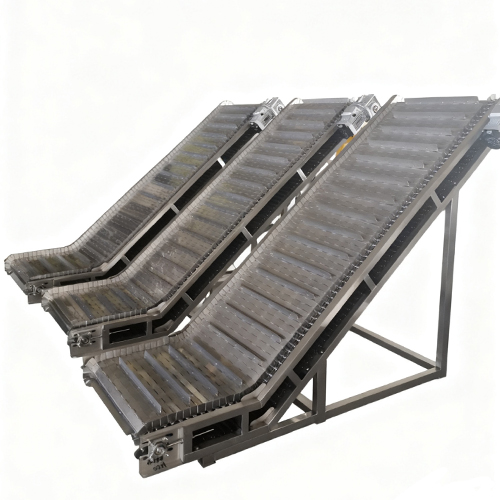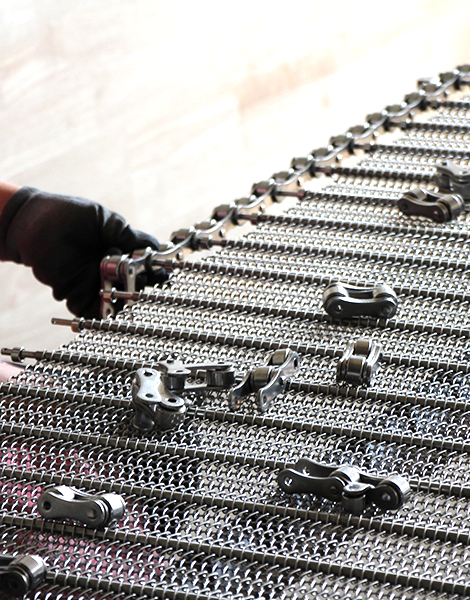Proper maintenance of chain plate conveyors requires attention to the following aspects: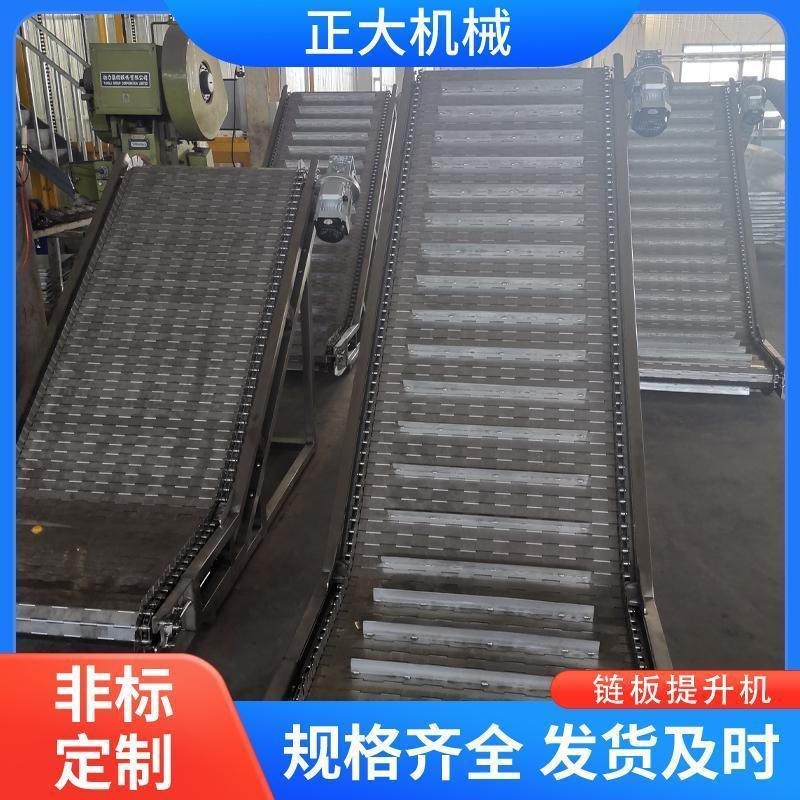
First, keep the conveyor clean during daily operation by promptly removing material residues, dust, and other debris from the chain plates. This prevents these contaminants from wearing down and corroding the chain plates and transmission components. Second, regularly inspect the connections between the chain plates to ensure they are secure and not loosening or detaching. This prevents failures such as chain plate breakage during operation.
Second, regularly lubricate transmission components such as sprockets and chains. Use appropriate lubricants and apply them according to the specified schedule and method to reduce friction, lower energy consumption, and extend the service life. Simultaneously, monitor chain tension; excessive slack or tightness will impair operation. Typically, chain tension is adjusted by repositioning the sprocket.
Additionally, regularly inspect the conveyor's drive components, including motors and reducers, to ensure normal operation and detect abnormal noises or vibrations. Should issues arise, promptly shut down the machine for repairs to prevent further escalation of faults.
Additionally, when storing chain plate conveyors, select a dry, well-ventilated area to prevent moisture exposure and corrosion. Properly store the conveyor's wear-prone components for future replacement.
In summary, maintaining chain plate conveyors is crucial for ensuring reliable operation and extending their service life. Regular inspections and maintenance are essential for promptly identifying and resolving issues, thereby safeguarding production continuity and stability.
Translated with DeepL.com (free version).



